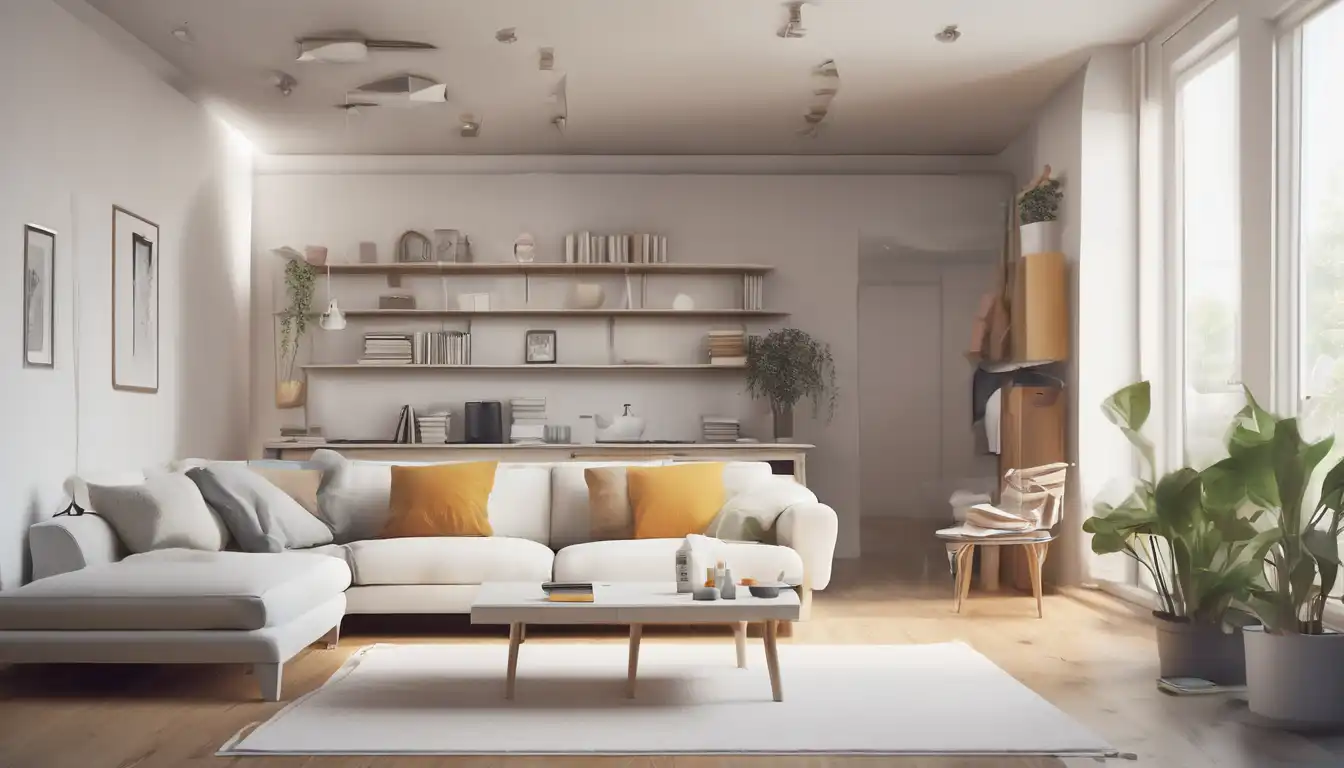Why Minimalist Living Transforms Your Daily Experience
Minimalist living isn't just about having fewer possessions—it's a mindset that can revolutionize how you approach your home, time, and mental space. By embracing minimalism basics, you create room for what truly matters while eliminating the stress that comes with clutter and excess. This approach to living intentionally has helped thousands discover greater peace and purpose in their daily routines.
The Psychological Benefits of Decluttering
When you begin your minimalist journey, one of the first things you'll notice is the mental clarity that follows physical decluttering. Studies show that cluttered environments can increase cortisol levels, the stress hormone, while organized spaces promote calm and focus. By reducing visual noise and physical obstacles, you create an environment that supports rather than distracts from your goals and well-being.
Practical Steps to Start Your Minimalist Transformation
Begin with the 90/90 Rule
One of the most effective starting points is implementing the 90/90 rule: if you haven't used an item in the past 90 days and don't plan to use it in the next 90, it's likely safe to let go. This method helps overcome emotional attachment by focusing on practical utility rather than sentimental value alone.
Create Designated Zones
Establish clear purposes for each area of your home. Whether it's a reading nook, workspace, or relaxation corner, defining these zones prevents clutter from accumulating where it doesn't belong. This approach aligns with broader home organization principles that maintain order long-term.
Room-by-Room Minimalist Strategies
Kitchen Simplification
Start with your kitchen by keeping only the utensils, cookware, and dishes you regularly use. Duplicate items and single-purpose gadgets often contribute to cabinet clutter without adding value to your cooking experience. A well-organized kitchen makes meal preparation more enjoyable and efficient.
Wardrobe Minimalism
Adopt a capsule wardrobe approach by selecting versatile, high-quality pieces that mix and match easily. The capsule wardrobe guide recommends keeping 30-40 items per season, including shoes and accessories. This not only simplifies dressing decisions but also reduces laundry and maintenance time.
Digital Decluttering
Minimalism extends beyond physical spaces to your digital life. Regularly clean up your computer files, unsubscribe from unnecessary emails, and organize your digital photos. Digital minimalism can be as liberating as physical decluttering, reducing screen time and information overload.
Sustainable Minimalist Habits
The One-In-One-Out Rule
Maintain your minimalist progress by implementing the one-in-one-out rule: for every new item you bring home, remove one existing item. This prevents gradual re-cluttering and encourages mindful purchasing decisions.
Regular Maintenance Sessions
Schedule monthly 15-minute decluttering sessions to address any accumulating items before they become overwhelming. Consistent small efforts are more sustainable than occasional massive purges and help maintain the clutter-free mindset you've worked to establish.
Overcoming Common Minimalism Challenges
Dealing with Sentimental Items
Sentimental items require special consideration. Rather than keeping everything, select a few meaningful pieces that truly represent important memories. Consider taking photos of items before letting them go, preserving the memory without the physical clutter.
Family Resistance
When living with others who may not share your minimalist enthusiasm, focus on your personal spaces first. Lead by example rather than insisting others adopt your approach. Over time, the benefits they observe may encourage their participation.
Minimalism Beyond Possessions
Time and Commitment Management
Apply minimalist principles to your schedule by eliminating unnecessary commitments and focusing on activities that align with your values. This creates more time for relationships, hobbies, and self-care—the true rewards of simplified living.
Financial Benefits of Minimalism
By curbing impulse purchases and focusing on needs rather than wants, minimalism naturally leads to better financial health. The money saved can be redirected toward experiences, savings, or debt reduction, further enhancing your quality of life.
Long-Term Minimalist Mindset Development
True minimalist living becomes sustainable when it evolves from a project into a lifestyle. This shift occurs as you internalize the values of intentionality, contentment, and freedom from excess. The journey toward simple living is ongoing, with each step bringing greater clarity and peace.
Remember that minimalism looks different for everyone. The goal isn't deprivation but curation—surrounding yourself only with what adds value to your life. Whether you're taking your first steps or refining your established minimalist practices, the rewards of a clutter-free life await those willing to embrace intentional simplicity.
